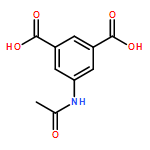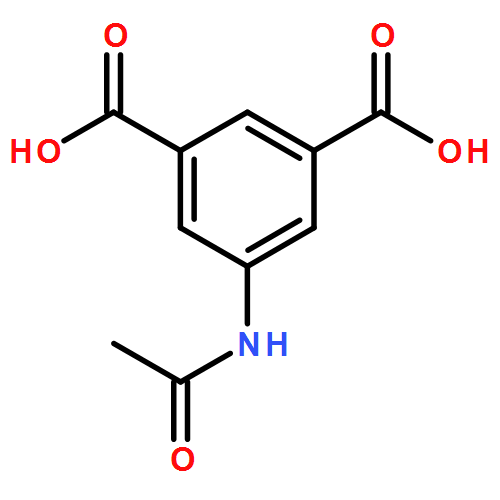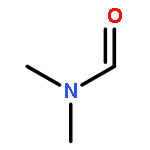Co-reporter:Nan Yan, Lingwen Liao, Jinyun Yuan, Yue-jian Lin, Lin-hong Weng, Jinlong Yang, and Zhikun Wu
Chemistry of Materials 2016 Volume 28(Issue 22) pp:8240
Publication Date(Web):October 23, 2016
DOI:10.1021/acs.chemmater.6b03132
Doped nanoparticles (especially bimetal doped nanoparticles) have attracted extensive interest not only for fundamental scientific research but also for application purposes. However, their indefinite composition (structure) and broad distribution hinder an insightful understanding of the interaction between these invasive metals in bimetal doped nanoparticles. Fortunately, atom-precise bimetal doped ultrasmall nanoparticles (nanoclusters) provide opportunities to obtain such insights. However, atom-precise trimetal nanoclusters and their structures have rarely been reported. Here, we successfully dope thiolated Au25 nanoclusters with Hg and Ag successively by using a biantigalvanic reduction method. We then fully characterize the as-obtained trimetal nanoclusters using multiple techniques (including single-crystal X-ray crystallography), and we demonstrate that the mercury and silver dopings exhibit not only a synergistic but also a counteractive influence on some of the physicochemical properties of Au25.
Co-reporter:Weiquan Zhang, Dianpeng Wang, Lin Zhu, Fupeng Zhai, Linhong Weng, Jinyu Sun, Yun Ling, Zhenxia Chen and Yaming Zhou
Dalton Transactions 2016 vol. 45(Issue 26) pp:10510-10513
Publication Date(Web):27 May 2016
DOI:10.1039/C6DT01363E
The chemisorption of gaseous HCl molecules in a two-dimensional coordination polymer results in subtle changes in its structure and instigates a drastic modification from antiferro- to ferromagnetic properties.
Co-reporter:Chuanhao Yao; Yue-jian Lin; Jinyun Yuan; Lingwen Liao; Min Zhu; Lin-hong Weng; Jinlong Yang;Zhikun Wu
Journal of the American Chemical Society 2015 Volume 137(Issue 49) pp:15350-15353
Publication Date(Web):November 23, 2015
DOI:10.1021/jacs.5b09627
Controlling the dopant type, number, and position in doped metal nanoclusters (nanoparticles) is crucial but challenging. In the work described herein, we successfully achieved the mono-cadmium doping of Au25 nanoclusters, and revealed using X-ray crystallography in combination with theoretical calculations that one of the inner-shell gold atoms of Au25 was replaced by a Cd atom. The doping mode is distinctly different from that of mono-mercury doping, where one of the outer-shell Au atoms was replaced by a Hg atom. Au24Cd is readily transformed to Au24Hg, while the reverse (transformation from Au24Hg to Au24Cd) is forbidden under the investigated conditions.
Co-reporter:Peng Li, Jiaying Lou, Yaming Zhou, Xiaofeng Liu, Zhenxia Chen and Linhong Weng
Dalton Transactions 2009 (Issue 25) pp:4847-4849
Publication Date(Web):12 May 2009
DOI:10.1039/B906105N
The hydrothermal reaction of Zn(OAc)2·2H2O, H3btc, and 4-bpo affords a novel trinodal four-connected frl topology coordination polymer, [Zn4(btc)2(4-bph)(H2O)4]n·2n(H2O) (4-bphH2 is in situ synthesized) (1), which exhibits reversible two-step dehydration–rehydration.
Co-reporter:Weiquan Zhang, Dianpeng Wang, Lin Zhu, Fupeng Zhai, Linhong Weng, Jinyu Sun, Yun Ling, Zhenxia Chen and Yaming Zhou
Dalton Transactions 2016 - vol. 45(Issue 26) pp:NaN10513-10513
Publication Date(Web):2016/05/27
DOI:10.1039/C6DT01363E
The chemisorption of gaseous HCl molecules in a two-dimensional coordination polymer results in subtle changes in its structure and instigates a drastic modification from antiferro- to ferromagnetic properties.
Co-reporter:Peng Li, Jiaying Lou, Yaming Zhou, Xiaofeng Liu, Zhenxia Chen and Linhong Weng
Dalton Transactions 2009(Issue 25) pp:NaN4849-4849
Publication Date(Web):2009/05/12
DOI:10.1039/B906105N
The hydrothermal reaction of Zn(OAc)2·2H2O, H3btc, and 4-bpo affords a novel trinodal four-connected frl topology coordination polymer, [Zn4(btc)2(4-bph)(H2O)4]n·2n(H2O) (4-bphH2 is in situ synthesized) (1), which exhibits reversible two-step dehydration–rehydration.




















